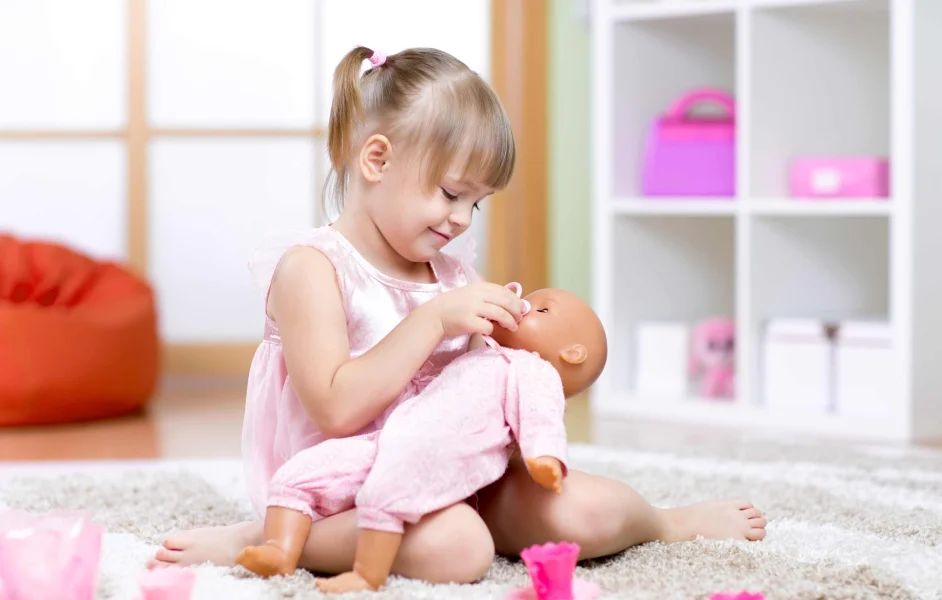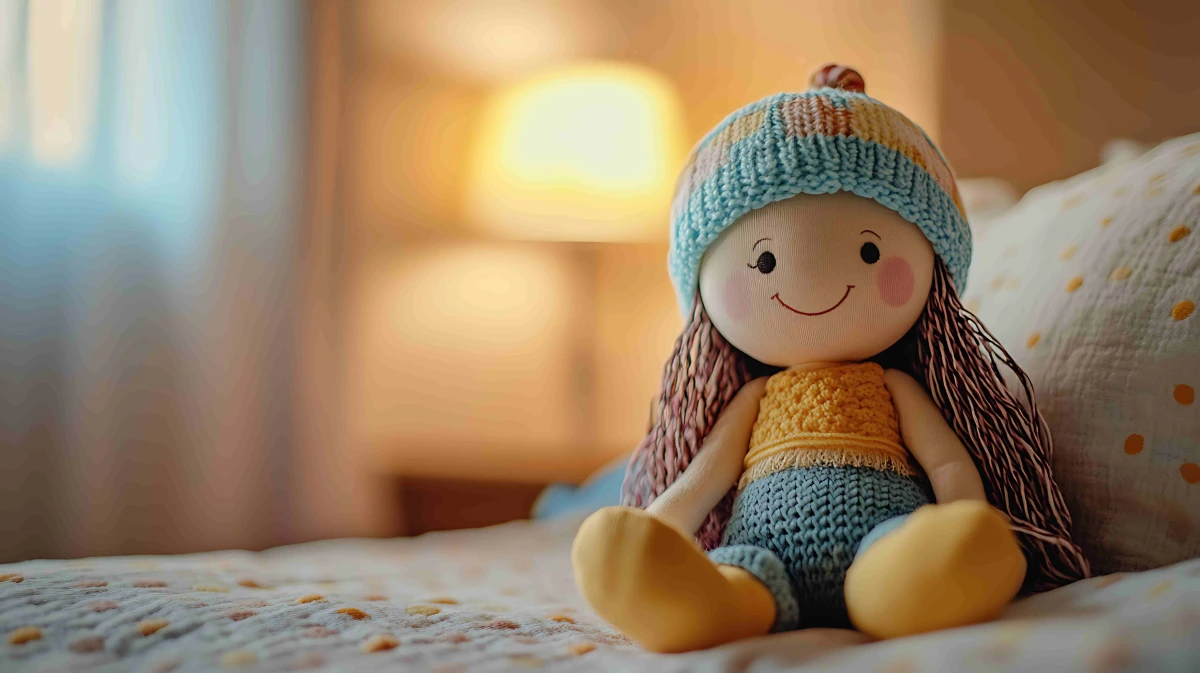
Soft, Snuggly and Sweet: The Best Cute Dolls for Toddlers
Every toddler deserves a soft, sweet companion to hug, talk to, and carry around. A doll isn’t just a toy—it’s a friend, a confidant, and sometimes even a partner in mischief.
But with so many options out there, how do you find the perfect one? The key is choosing a doll that’s safe, comforting, and just right for your child’s age and personality.
Why Toddlers Love Dolls
Dolls hold a special place in a toddler’s heart because they become more than just toys—they’re trusted companions. From classic baby dolls to plush dolls, little ones naturally gravitate toward them for their softness, comfort, and endless hugs. Whether it’s naptime, a car ride, or a moment of shyness, a doll offers familiar reassurance in new or overwhelming situations.
Toddlers also love projecting their own experiences through dolls. They’ll share secrets or scold their doll for “misbehaving,” just as they’ve seen real people do. This imaginative play is a sign of their growing connection to the world around them. And let’s be honest, there’s nothing sweeter than watching your little one cradle their dolls with the same care they’ve received from you.
What Makes a Great Toddler Doll?
Not all dolls are created equal, especially for tiny hands and big emotions. If you’re looking to shop cute dolls by Olli Ella or other brands, here’s what to prioritize:

- Safety first: Avoid small parts like buttons or beads that could come loose. Embroidered eyes are safer than plastic ones, and sturdy stitching prevents the stuffing from coming out.
- Soft and snuggly: Toddlers love to squeeze and carry their dolls everywhere, so huggable fabrics are a must.
- Easy to clean: Let’s face it—toddlers are messy. Machine-washable dolls save you from sticky fingers and accidental spills.
- Just the right size: Too big, and it’s hard to carry. Too small, and it gets lost. A doll that fits comfortably in their arms is perfect.
- Friendly face: A sweet, expressive face makes the doll feel more “real” to your child.
How Dolls Support Toddler Development
Dolls do more than entertain—they’re subtle teachers that help toddlers master new skills while they play. From fine motor practice to emotional growth, these cherished companions offer developmental benefits as unique as your child’s imagination.
Develop Fine Motor Skills
Those tiny buttons on baby doll clothes aren’t just adorable—they’re mini gyms for little fingers! As toddlers struggle to snap a onesie or brush their doll’s hair, they’re building the same hand-eye coordination needed for holding pencils and using utensils.
The repetition of dressing and caring for dolls strengthens those small hand muscles through play that feels purposeful.
Encourage Social-Emotional Learning
Dolls become powerful tools for social-emotional growth as toddlers assign them roles—like pretending one is a doctor or teacher—to explore perspectives and practice cooperation. A shy child might use their doll to “introduce” themselves to new playmates, building confidence through gentle social rehearsal.
These playful interactions help toddlers navigate emotions and relationships, such as mimicking kindness and resolving pretend conflicts.
Promote Inclusive Mindsets
Playtime with diverse dolls—whether they have blond hair, brown curls, or different skin tones—gives toddlers a natural introduction to the variety of human appearances.
When children care for dolls that don’t look exactly like them, it opens up easy, everyday moments to talk about and celebrate differences. Even classic toys like Barbie dolls can be part of this learning when included alongside dolls representing different backgrounds.
Reinforce Daily Routines
That doll “eating” pretend veggies at dinner? It’s more than imitation—it’s a powerful teaching tool.
By mirroring real-life sequences like bedtime rituals, dolls help toddlers anticipate transitions and feel control in their unpredictable little worlds. The predictability of caregiving play builds confidence for tackling actual routines.
Keeping the Love (and Doll) Alive
Toddlers aren’t gentle, so pick a doll that can handle some love-wear. Durable, machine-washable options like plush cotton dolls with reinforced seams or handmade crochet dolls with tight stitching survive daily adventures while staying soft for snuggles.
If the doll has batteries (for sounds or movements), make sure they’re secured safely inside. Don’t be surprised if your child forms an unbreakable bond—some toddlers insist on taking their favorite doll everywhere, from the playground to the grocery store.
The Perfect Pick for Your Little One
After considering safety, snuggles, and all the ways dolls help toddlers grow, remember this: the very best doll is the one your child reaches for again and again. Whether it’s a well-loved plush doll with matted fur from endless hugs or a handcrafted crochet doll with mismatched buttons, what truly matters is how your toddler’s face lights up when they hold it.
When you catch them whispering secrets or tucking their doll in, you see something special. It’s more than play; it’s the start of empathy, imagination, and a love that lasts beyond childhood. That worn, well-loved doll? It’s your toddler’s first true friend, and that makes it perfect.
Ready to make playtime magical? Explore our top picks for cute dolls and give your toddler a friend they’ll cherish—only at whizweekly.co.uk!
